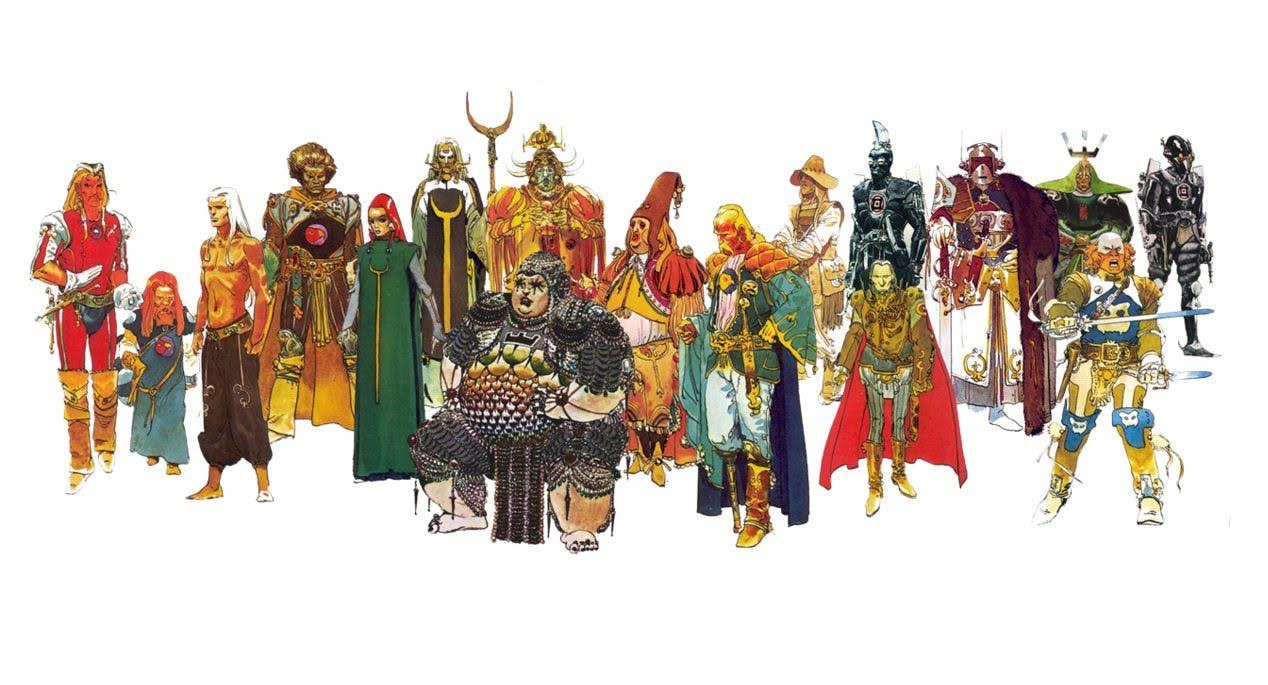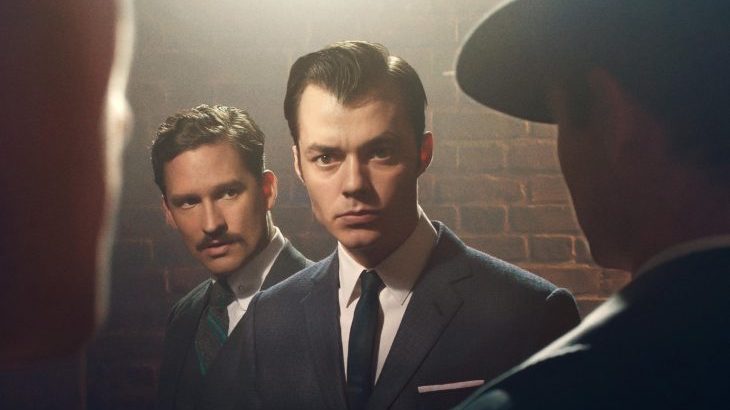As we eagerly await Denis Villeneuve’s take on Frank Herbert’s Dune, we’ve put together a series of articles on how the franchise has been adapted, depicted, and received in the 55 years since it was first published.
In this instalment, Bahir Yeusuff takes a look at the Dune movie that never was.
When the guys decided that they wanted to do a series of op-eds on Dune, they, rather thoughtfully, assigned me the documentary, Jodorowsky’s Dune. Now, I have never seen Dune. Not any of the Dunes. I tried watching David Lynch’s original once but just couldn’t get through it. I only got as far as Sting’s first scene before I just gave up. But this was a documentary. So I figured I’d fare a little better. Maybe even finish it.
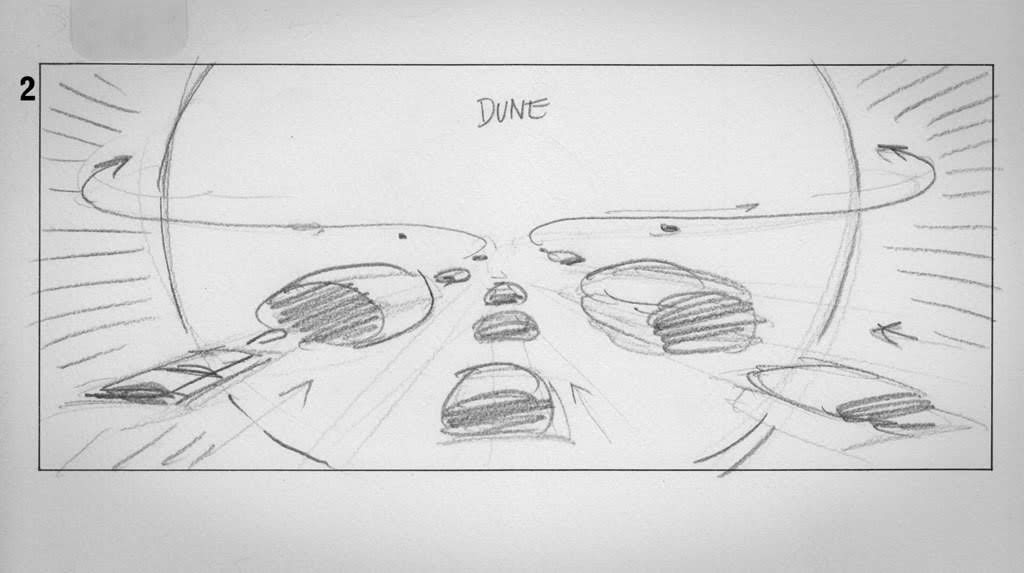
Jodorowsky’s Dune, by Croation-American director Frank Pavich, tells the story of cult director Alejandro Jodorowsky’s attempt at adapting Frank Herbert’s sci-fi epic to the big screen in the mid 70’s. That quest was ultimately unsuccessful (obviously) and this a film that focuses less on how the project failed, and more on what could have been.
Jodorowsky was an up and coming avant-garde director working out of Mexico and had, up to that point, released several films that had been well enough received in art house circles. When he was approached by French film producer Michel Seydoux and offered the chance to do any film he wanted, Jodorowsky picked Dune. This despite having never read the book or knowing anything more than the fact that it was a great science fiction novel.
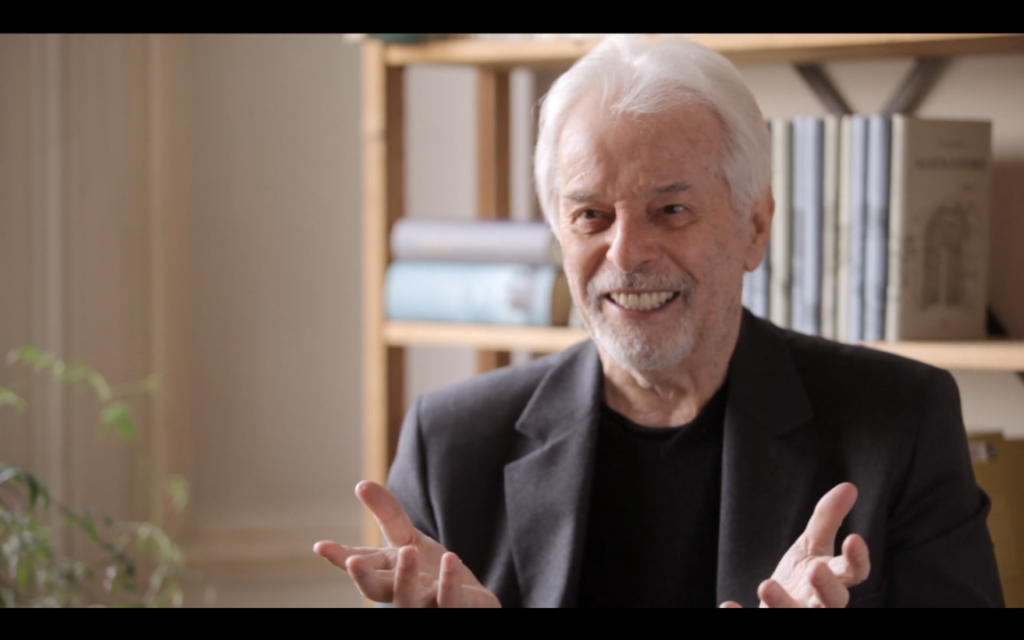
The rest of the documentary focuses on Jodorowsky’s quest to assemble his team of “warriors” as he calls it. He casts his son first (who he had worked with in one of his prior movies) and makes him go through two years of intense, six hours a day, seven days a week, martial arts physical training to get in shape to play Paul Atreides. The boy, mind you, was only 12 at the time, so it was quite a lot to ask of a child. The rest of his cast was also quite the assembly – Mick Jagger, Salvador Dali, Orson Wells, and David Carradine to name a few. Speaking as someone who barely made it through David Lynch’s version of Dune, this line-up feels like it would likely sell some tickets.
Aside from the “warriors” that he was able to assemble in front of the camera, the talent he was able to assemble behind the scenes seemed mind boggling as well. The music was going to be composed by prog rock bands Pink Floyd and Magma. Artists Moebius (one of Jodorowsky’s frequent collaborators), H. R. Giger, and Chris Foss were commissioned to do the set and character designs. And the special effects work was to be lead by Dan O’Bannon.
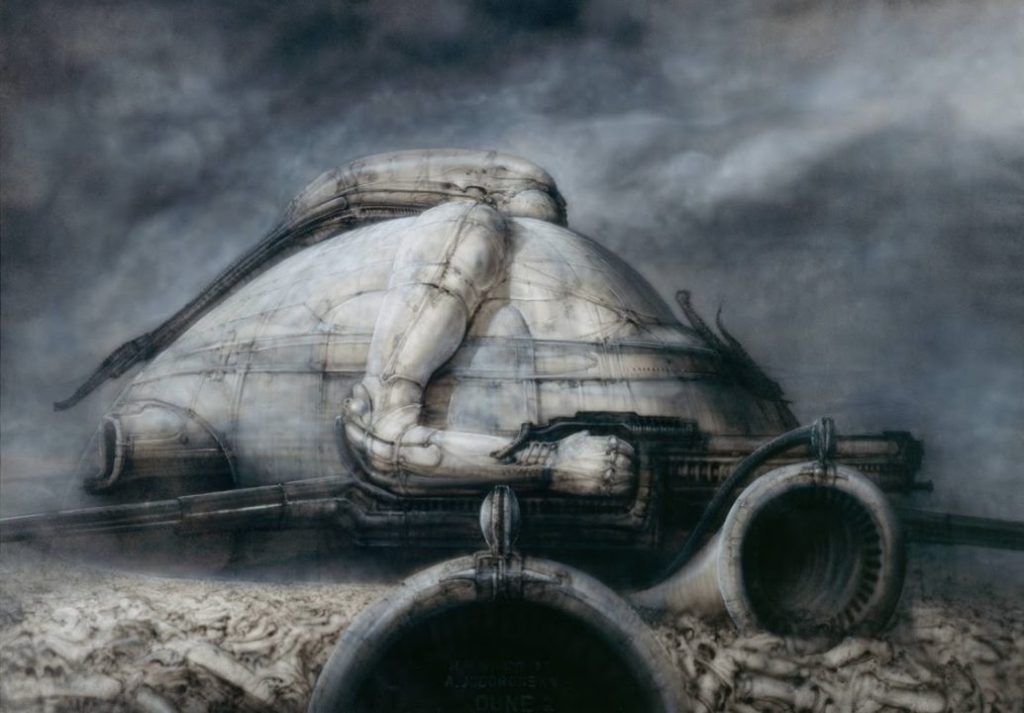
The thing to keep in mind here is that had Jodorowsky been successful, his Dune would have beaten George Lucas’ Star Wars by several years, and quite possibly kicked off a different kind of science fiction cinematic revolution. Although apocryohal, Star Wars is widely considered to have been the first piece of science fiction to have broken into the mainstream consciousness. Which, in a circuitous way, gave many other science fiction franchises a leg up. (Yes, I know Star Trek was on tv in the late 60’s, but that barely lasted 3 seasons. In fact, it has been said that the success of Star Wars – and Spielberg’s Close Encounters of the Third Kind – was what convinced Paramount Pictures to green light Star Trek: The Motion Picture.)
Ultimately the reason Jodorowsky’s Dune ended up being yet another great movie never made was, of course, because of money. Jodorowsky and his producer, Seydoux, were asking for a budget of 15 million dollars. The average cinematic budget at the time was only 5 million dollars. The two highest grossing movies of 1974 were the Mel Brooks comedy Blazing Saddles with a reported budget of just 2.6 million dollars, followed by the Paul Newman and Steve McQueen action film, The Towering Inferno. Both movies had a proven pedigree in front of and behind the cameras. So for a relatively unproven Mexican director, along with his art house producer, coming to Hollywood in search of 15 million dollars to make a science fiction movie, was always going to be a hard sell.
Jodorowsky’s Dune is a story of two narratives. The first is the “what could have been” narrative, with clips of Moebius’ hand drawn storyboards from Jodorowsky’s tome of a pitch document. It imagines his cast. It wonders what the film would have looked like, had it been made in the 1970s, before the release of all those movies we now consider classics.
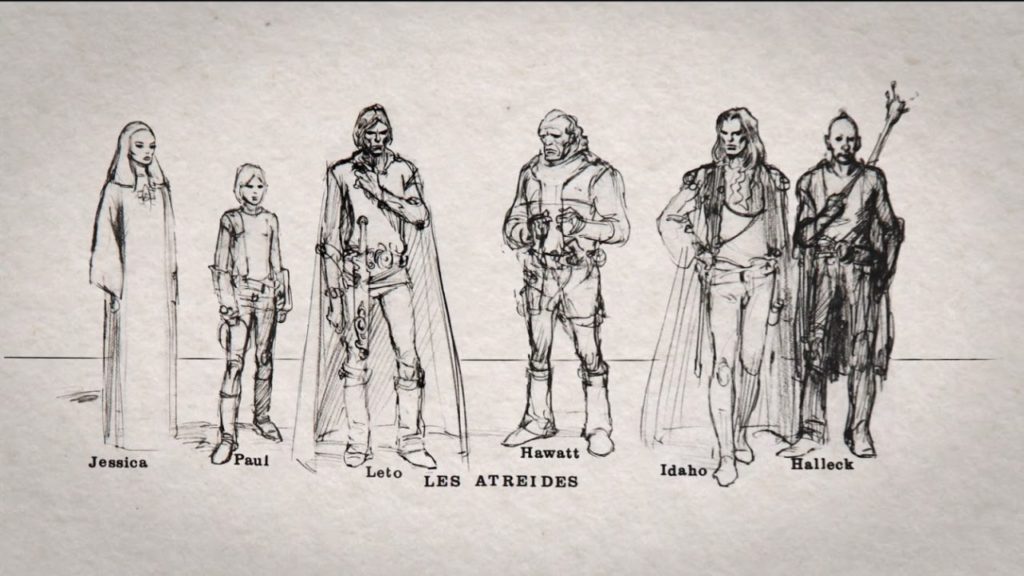
The second, and probably unintended narrative, is that filmmaking requires a certain amount of insanity on the part of the filmmaker. That it takes a madman to make a movie. Not in a derogatory way, but rather in the crazy internal drive and focus that’s necessary to push through a vision. As Jodorowsky himself states in the opening minutes of the documentary, he wanted to make a movie that will be seen as a prophet. A prophet of cinema. To open minds and worlds. The irony being that he may have unintentionally done that, with Giger, Foss, and O’Bannon going on to work on Ridley Scott’s 1979 film Alien.
Jodorowsky’s Dune isn’t the best documentary about the making of a movie. My money is on either Lost in La Mancha, the 2002 documentary on Terry Gilliam’s disastrous (almost cursed) production of Don Quixote, or the 1991 documentary Hearts of Darkness about the nightmare that was the production of Francis Ford Coppola’s Apocalypse Now. But if you’re a fan of any of the iterations of Dune, then this documentary is worth a watch. If only just to see what could have been. Now bring on Denis Villeneuve.

Jodorowsky’s Dune
90 minutes
Director: Frank Pavich
Cast: Alejandro Jodorowsky, Michel Seydoux, H.R. Giger, Chris Foss, Nicolas Winding Refn, Richard Stanley, and Amanda Lear
